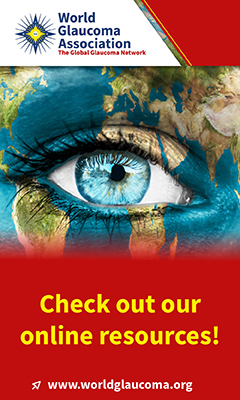advertisement

Abstract #117656 Published in IGR 24-4
Hemi-retinal vein occlusion: Characterizing a rare retinal vasculopathy
Kadam Y; Thaku P; Das AV; Narayanan R; Senthil S; Takkar BIndian Journal of Ophthalmology 2024; 72: 890-895
PURPOSE: To characterize hemi-retinal vein occlusion (HRVO) in patients presenting to a multi-tier ophthalmology hospital network. METHODS: This retrospective, hospital-based study analyzed 2,834,616 new patients between August 2010 and June 2021. Patients with a clinical diagnosis of HRVO in at least one eye were included as cases. Data were collected using an electronic medical record system. Data were compared to the findings noted in branch RVO (BRVO) and central RVO (CRVO) patients. RESULTS: HRVO constituted 0.9% ( n = 191) of all the retinal vein occlusions (RVOs), with the mean age being 60.55 ± 10.14 years. Most patients were male (125, 65.45%) with unilateral (92.67%) affliction. Majority presented during the sixth (31.41%) or seventh (32.46%) decade of life. Most patients reported mild (37.07%) or moderate (27.32%) visual impairment, with vision < 20/200 being less common in HRVO (25.8%) and BRVO (17.2%) compared to CRVO (44.1%) ( P < 0.00001). Glaucoma was diagnosed and treated in 49 (23.90%) eyes, which was much higher than CRVO (11.45%) and BRVO (5.04%) ( P < 0.001), though neovascular glaucoma was much less than CRVO (2.9% vs. 9.2%) ( P = 0.0037). On follow-up, HRVO eyes (12.2%) had lesser vision loss compared to CRVO eyes (13.7%) (this difference does not look very significant to me), though BRVO had the least (9.1%) vision loss. CONCLUSION: HRVO is a rare RVO, presenting more in males. It causes less-severe visual impairment compared to CRVO. Large majority of patients with HRVO do not have identifiable systemic risk factors other than age. Preexisting glaucoma was more associated with HRVO compared to other RVOs.
Full article

